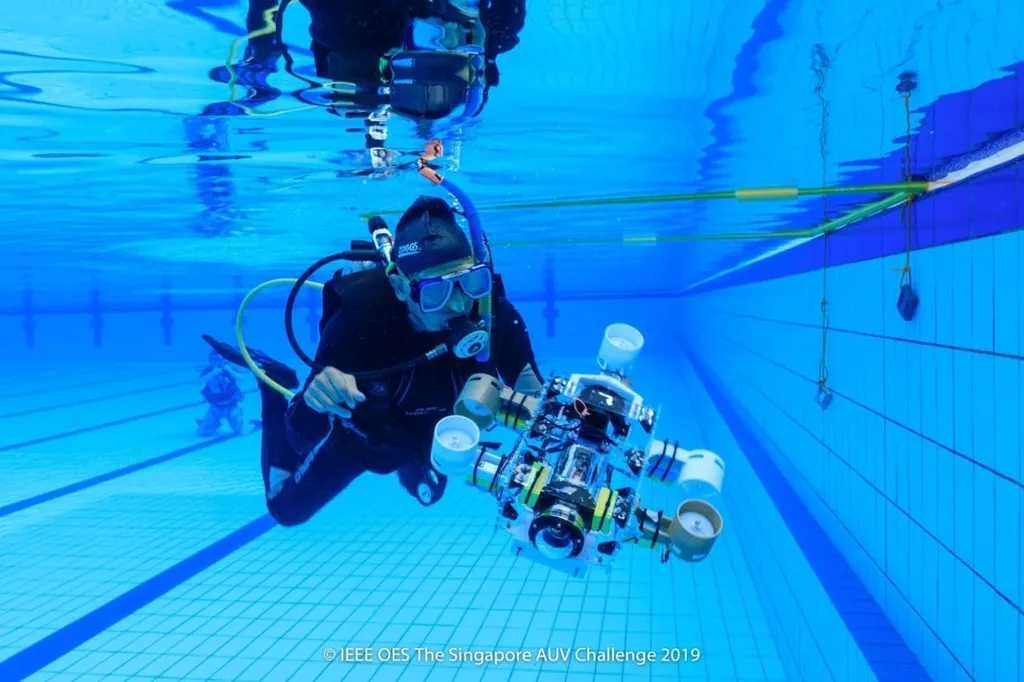Researchers Takeru Tsunoori, Masato Kobayashi, and Yuki Uranishi from the Department of Mechanical Engineering at Osaka University have developed a groundbreaking framework to enhance underwater robotic manipulation. Their work, titled Bi-AQUA, addresses the significant challenges posed by extreme lighting variations, color distortion, and reduced visibility in underwater environments.
Bi-AQUA is the first underwater bilateral control-based imitation learning framework designed specifically for robot arms. It integrates a sophisticated lighting-aware visual processing system to improve the performance of underwater robotic tasks. The framework employs a hierarchical three-level lighting adaptation mechanism. The first level is a Lighting Encoder, which extracts lighting representations from RGB images without the need for manual annotation. This encoder is implicitly supervised by the imitation objective, ensuring it learns relevant lighting features autonomously.
The second level involves FiLM (Feature-wise Linear Modulation) modulation of visual backbone features. This allows for adaptive, lighting-aware feature extraction, enabling the system to adjust to varying lighting conditions in real-time. The third level introduces an explicit lighting token added to the transformer encoder input. This token provides task-aware conditioning, ensuring that the robot’s actions are informed by the current lighting conditions.
The researchers conducted experiments on a real-world underwater pick-and-place task under diverse static and dynamic lighting conditions. The results demonstrated that Bi-AQUA achieves robust performance and substantially outperforms a bilateral baseline without lighting modeling. Ablation studies further confirmed that all three lighting-aware components are critical to the framework’s success.
This work represents a significant advancement in the field of underwater robotics. By bridging terrestrial bilateral control-based imitation learning and underwater manipulation, Bi-AQUA enables force-sensitive autonomous operation in challenging marine environments. The framework’s ability to adapt to varying lighting conditions makes it a valuable tool for a wide range of underwater tasks, from scientific research to industrial applications.
The practical implications of this research are vast. For instance, in offshore industries, underwater robots equipped with Bi-AQUA could perform maintenance tasks on underwater structures with greater precision and reliability. In scientific research, the framework could enhance the capabilities of underwater drones used for exploration and data collection. Overall, Bi-AQUA opens new avenues for the development of more robust and adaptable underwater robotic systems, paving the way for more efficient and effective marine operations. Read the original research paper here.

